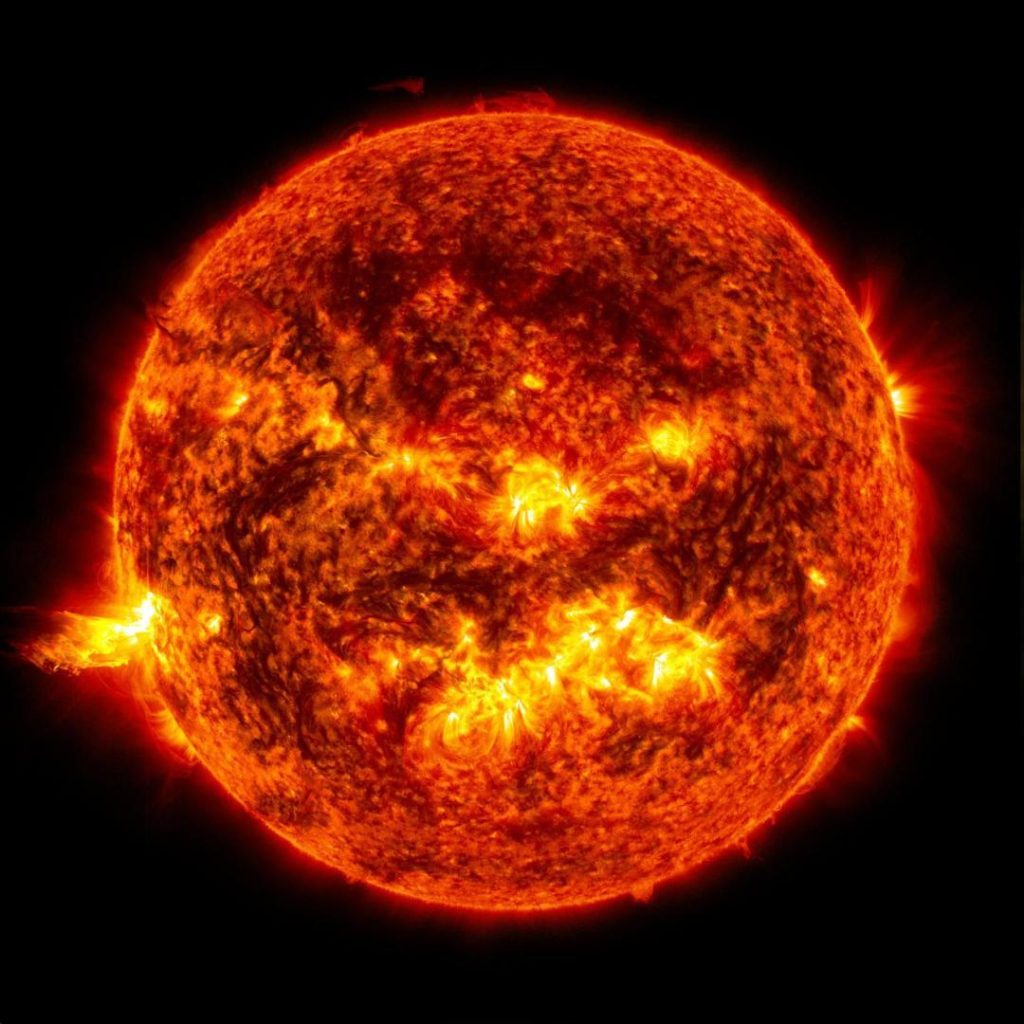
Digital Twin of the Sun Created: A Breakthrough in Space Weather Prediction
The sun, the star at the center of our solar system, has been a subject of fascination for humanity for centuries. From ancient civilizations to modern-day scientists, the sun has been studied extensively to understand its behavior, patterns, and impact on our daily lives. Recently, a significant breakthrough has been achieved in the field of space weather prediction with the creation of a digital twin of the sun, called Surya. Developed by IBM and NASA, this AI-powered model uses nine years of data from NASA’s Solar Dynamics Observatory to forecast solar flares and wind speeds.
What is a Digital Twin?
A digital twin is a virtual replica of a physical object or system, created using data and simulations to mimic its behavior and performance. In the case of Surya, the digital twin of the sun, it is a complex model that integrates data from various sources to predict the sun’s behavior and its impact on space weather.
How Does Surya Work?
Surya uses machine learning algorithms to analyze nine years of data from NASA’s Solar Dynamics Observatory, which has been monitoring the sun’s activity since 2010. The model takes into account various factors such as the sun’s magnetic field, solar flares, and coronal mass ejections to predict space weather patterns. The AI-powered model continuously updates with new solar observations, allowing it to improve its predictions over time.
What are the Benefits of Surya?
The creation of Surya has several benefits for space weather prediction and research. Firstly, it enables scientists to predict solar flares more accurately, giving them a head start in preparing for potential disruptions to satellite communications and power grids. Secondly, Surya can help improve space weather forecasting, which is essential for protecting both people and technology in space.
Trials and Results
In trials, Surya was found to be highly accurate in predicting solar flares, with a warning time of two hours, doubling the current warning time. Additionally, the model improved space weather prediction by accurately forecasting wind speeds and direction. These results demonstrate the potential of Surya to revolutionize space weather prediction and provide valuable insights for scientists and researchers.
Implications for Space Exploration and Research
The creation of Surya has significant implications for space exploration and research. With the ability to predict solar flares and space weather patterns more accurately, scientists can better prepare for and mitigate the effects of these events on spacecraft and astronauts. This could potentially lead to longer and more efficient space missions, as well as improved safety for those working in space.
Conclusion
The creation of Surya, the digital twin of the sun, is a significant breakthrough in space weather prediction and research. This AI-powered model has the potential to revolutionize our understanding of the sun’s behavior and its impact on space weather. With its ability to continuously update with new data and improve its predictions over time, Surya is an invaluable tool for scientists and researchers working in this field.
Source:
https://science.nasa.gov/science-research/artificial-intelligence-model-heliophysics/






